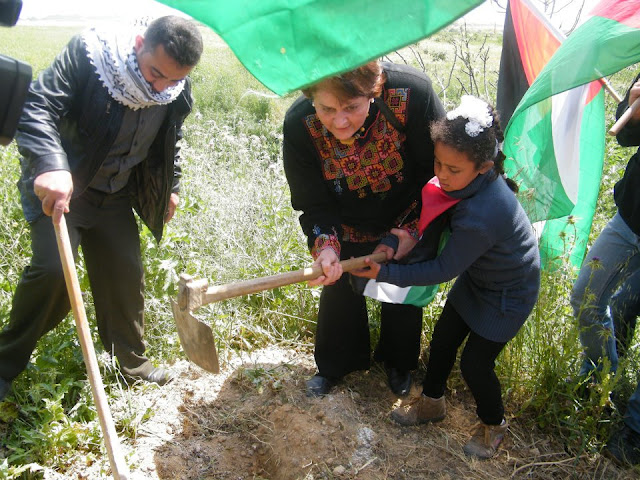Tag: Gaza
-
Beit Hanoun: Celebrating the land and culture of Palestine
by Nathan Stuckey 29 March 2012 | International Solidarity Movement, Gaza Today, Beit Hanoun celebrated Land Day. It is true that Land Day isn’t really until tomorrow, but tomorrow is the Global March to Jerusalem, tomorrow, God willing, Land Day can be celebrated on the land from which the refugees were expelled 64 years ago.…
-
Khamis, injured by the Israeli navy while fishing in the waters of Gaza
by Rosa Schiano 27 March 2012 | il Blog di Oliva A Palestinian fisherman, Khamis Baker, was injured on Sunday morning when the Israeli navy opened fire on a group of Palestinian fishing boats in the waters of Gaza. The Khamis family’s home, in Al-Shati camp (“Beach” camp), is poorly lit , the ceiling falls…
-
Two Stray Bullets in Gaza
by Johnny Bravo 24 March 2012 | International Solidarity Movement, Gaza On Sunday it was reported that a young boy had been shot on farmland near the Rafah crossing. The details were unclear. Several colleagues and I traveled to Rafah to find out what happened. After making several inquiries, we entered a Bedouin area several…



